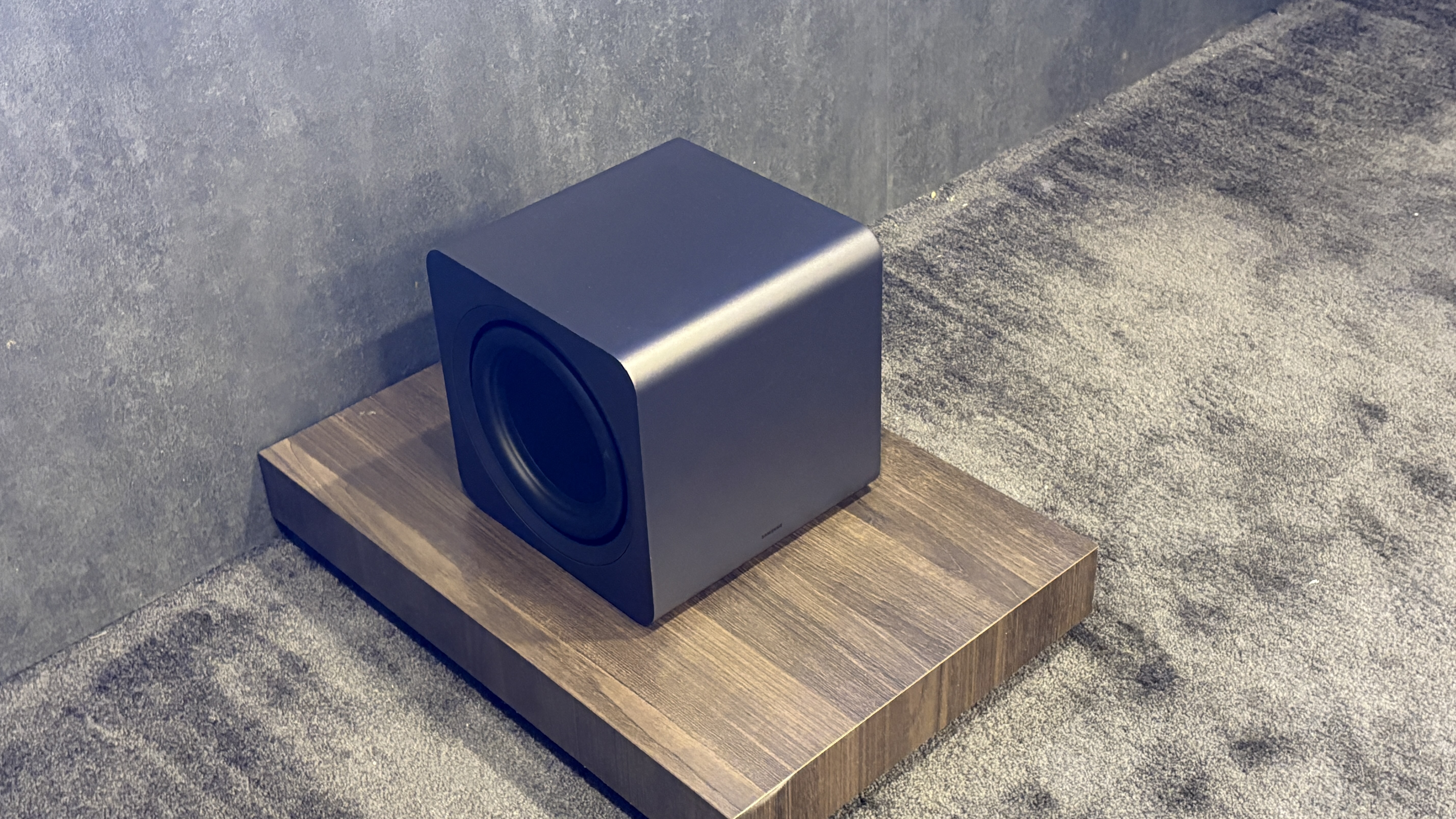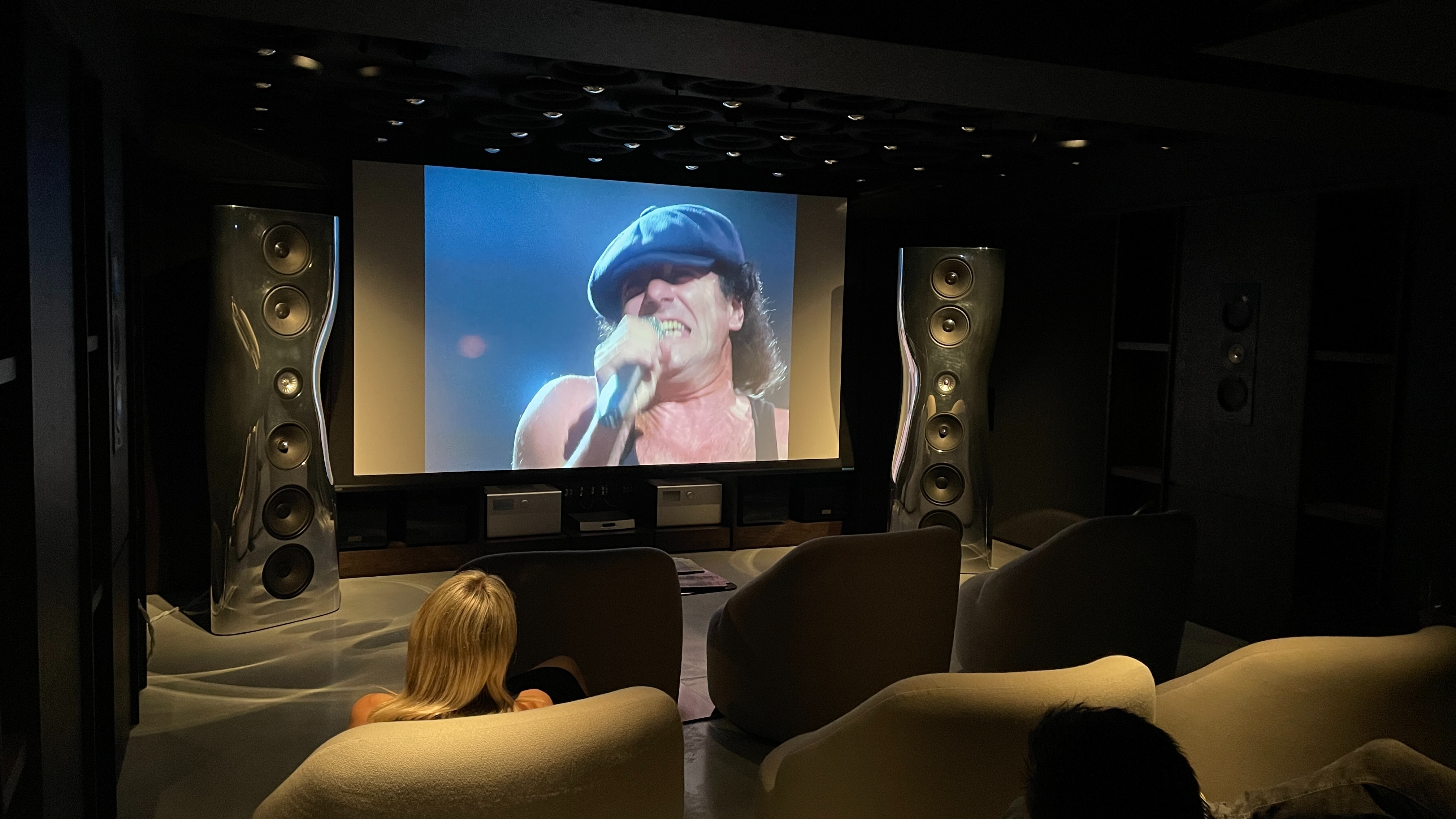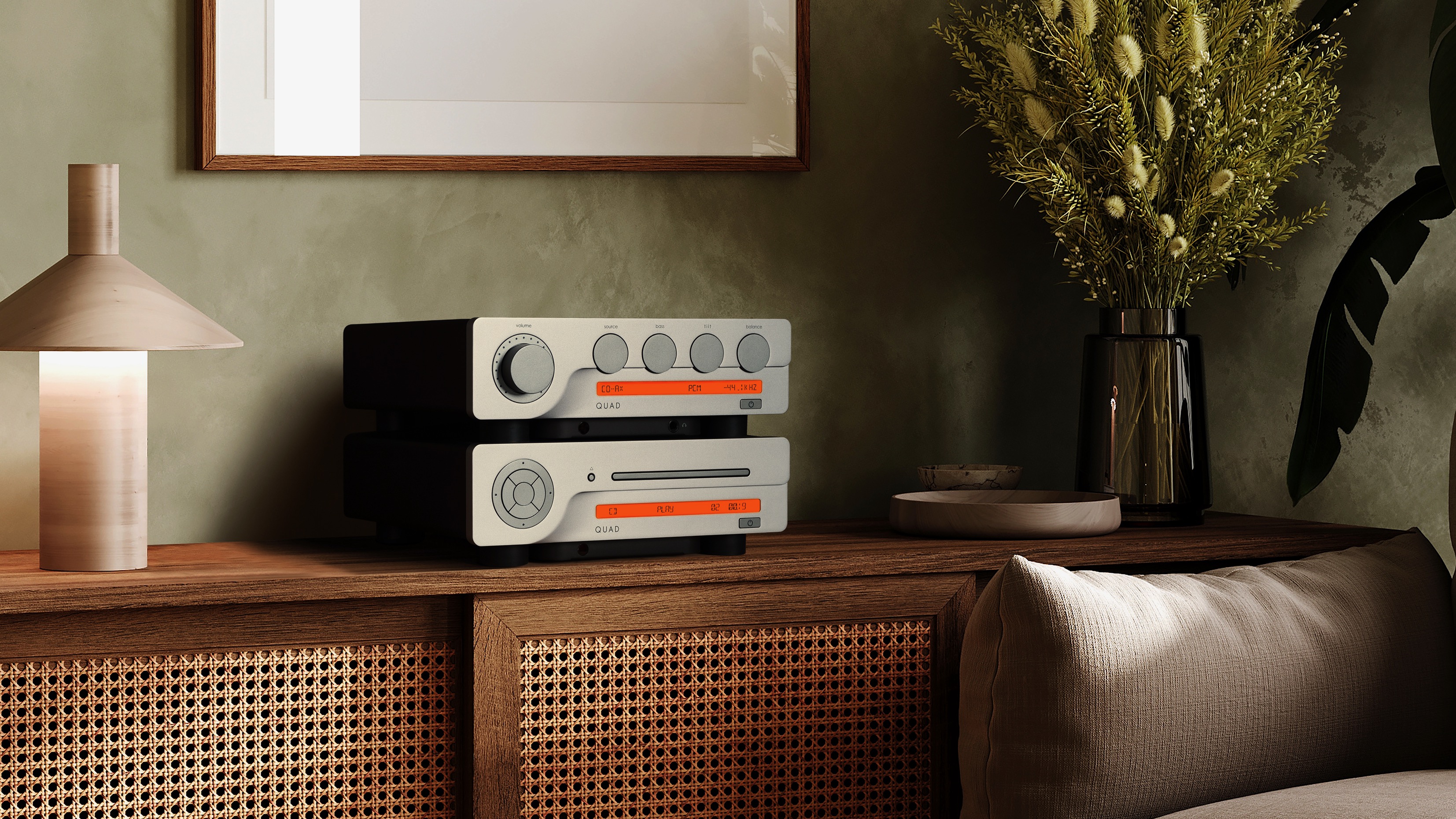We all love Dolby Atmos – but I'm making a smarter surround-sound investment instead
In a lot of instances two subwoofers are better than one, but not for the reason you think

Since becoming a professional shiny-things chaser, I’ve always had two dreams. First, to become a cyborg-ninja-pirate.
Not tech related specifically, but when I first started as a journalist I also covered business and government tech, which meant occasionally writing about DARPA (Defense Advanced Research Projects Agency). Let’s just say the experience meant I saw some “things” that inspired the goal.
Second, to build my own home cinema. While the second is infinitely more realistic (for now), over the years it's been in a state of flux jumping between one of two extremes.
Sometimes I think of ways to replicate the KEF Music Gallery's home cinema in a Richie Rich-style mansion, other times I focus on the more achievable goal of getting a projector and surround-sound set-up into one of my house’s spare rooms.
And even that downgraded dream has seen some changes over the years, as I’ve tweaked the specifics to meet the budget and the dimensions of the room I intend to put it – which, on a journalist’s stipend, is definitely not enough to replicate KEF's set-up.
These have included replacing the amazing Sony Bravia Projector 8 (VPL-XW6100ES) long throw projector I’ve wanted since we reviewed it with a much smaller, space-friendly ultra short throw (UST).
Specifically, the five-star Hisense PX3 Pro I helped review last year – it has a short throw distance and all the specifications I need to play games at full speed with my gaming PC.
The latest hi-fi, home cinema and tech news, reviews, buying advice and deals, direct to your inbox.
Last week this continued with a fresh round of amendments to the surround-sound package I’m planning.
Originally I’d planned a full Dolby Atmos set-up, but quickly abandoned the idea when I realised my ceiling height is a little too low and my partner poo-pooed drilling speakers into the ceiling, period.

I then considered a 5.1 arrangement, but quickly tweaked this after a useful conversation with our technical editor, Ketan Bharadia.
During it, he reminded me of a key detail I, and many home cinema fans, regularly overlook – in instances like mine, two subwoofers are usually better than one.
Why? Well there’s one big reason, and it has nothing to do with low-end heft or creating deafening levels of bass.
Specifically, improved distribution. How does that work, you ask? Ketan explained it to me best by comparing bass distribution to using a flashlight in a dark room.
Imagine we've got a dark room, and you have a torch. Turn it on and you’ll just see one section of the room illuminated in a triangle / cone shape.
With a second flashlight, while you won’t be able to perfectly cover the entire room, you will see a lot more of it.
Subwoofers do the same thing with the way they distribute sound and pressure – remember speakers, including subwoofers, create sound by moving air around.
Using a second subwoofer evens out the distribution of sound and spreads the low frequency energy more evenly throughout the room, bringing a number of real world benefits.
First, the better distribution reduces the impact of nodes and antinodes – areas in a space where a particular part of the sound wave is over exaggerated or under represented or blocked.
These are particularly problematic for lower frequency sounds, which have long wavelengths. If you suffer from this, the low end won’t sound right in certain parts of the room.
Because the low end is spread more evenly rather than concentrated at particular points, two subs tend to excite fewer room nodes, which is great for overall performance but also important given home cinema movie watching is often a shared experience in my house.
Second, because two subs running in tandem, in most instances, they have to work less hard to produce decent bass levels.
This means the set-up is usually less prone to distortion and can be run at lower volumes than a single unit trying to populate a whole room – something my neighbours will also appreciate, given bass’s ability to rumble through terraced houses’ thin, connecting walls.
Which is why I’ve made the decision to invest in an extra sub when I finally pull the trigger and start building my home cinema later this year.
Now I just need to pick which specific package I want from our best surround sound systems buying guide and deal with planning the room’s treatment…
MORE:
These are the best Dolby Atmos soundbars we’ve tested
We rate the best projectors
Our picks of the best AV receivers

Alastair is What Hi-Fi?’s editor in chief. He has well over a decade’s experience as a journalist working in both B2C and B2B press. During this time he’s covered everything from the launch of the first Amazon Echo to government cyber security policy. Prior to joining What Hi-Fi? he served as Trusted Reviews’ editor-in-chief. Outside of tech, he has a Masters from King’s College London in Ethics and the Philosophy of Religion, is an enthusiastic, but untalented, guitar player and runs a webcomic in his spare time.
You must confirm your public display name before commenting
Please logout and then login again, you will then be prompted to enter your display name.
